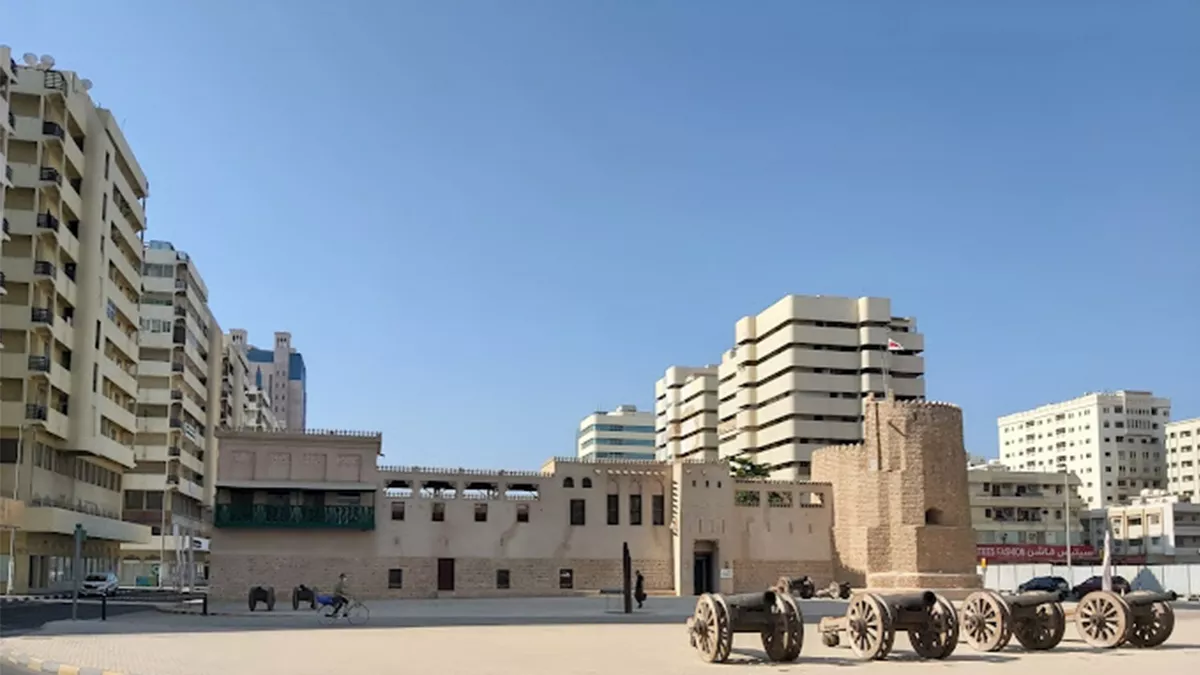Historic Sharjah Fort, built in 1823, is celebrating its 200th year with a series of events
12 Oct 2023
News
The tenacious Sharjah Fort, which has stood for more than 200 years, is evidence of the Emirati people's tenacity and cultural legacy. The historically rich fort, which was constructed in 1823, is commemorating its 200th anniversary with a number of activities. As part of the UAE National Day celebrations, the landmark will come to life with history through exclusive tours and activities, providing a chance for the locals to consider their rich past and the legends that the fort contains. On December 1 and 2, admission to the Sharjah Fort is free.
A fuller knowledge of Sharjah's contemporary history, the ruling family, daily life in the emirate 200 years ago, and the fort's rich past and restoration leading up to its formal inauguration in 2015 will be fostered via a variety of cultural and entertainment events.
Various artefacts
To preserve the historical and cultural legacies of the era, the fort is home to an extensive collection of artefacts. During its existence, the fort had to encounter several difficulties. His Highness Sheikh Dr. Sultan bin Muhammad Al Qasimi learned of its scheduled demolition in 1969 when he was in Egypt. His quick return to Sharjah to recover the fort's remnants—just a tower and two broken walls—was inspired by this news. After renovation was finished, the fort housed a museum showcasing Sharjah's extensive past. The fort has three defensive towers called Al-Mahlousa, Al-Kabis, and Musharraf Square, two storeys, and a large central courtyard. It also has a main balcony where the repentance wood that was once used as a form of discipline is kept.
Higher level
The Sheikh Sultan bin Saqr II Gallery, the Al-Kabis Tower, the weapons gallery, the Sheikh's chamber, Al Ghurfa (a room for entertaining distinguished visitors), the balcony, and the Majlis—which displays old photos and documents—are all located on the top floor.
Lower level
The arrest chamber, Mahloussa jail, armoury and Al Hisn gallery—which provides information about the building's past and restoration stages—are located on the ground level, which has been converted into a resting place.
In addition, there's the Al-Qawasim Gallery, which offers insights into the history of Al-Qawasim and their connections with both international and regional organisations, and the Madbasa Gallery, which teaches visitors about the process of extracting date juice, also known as molasses.
